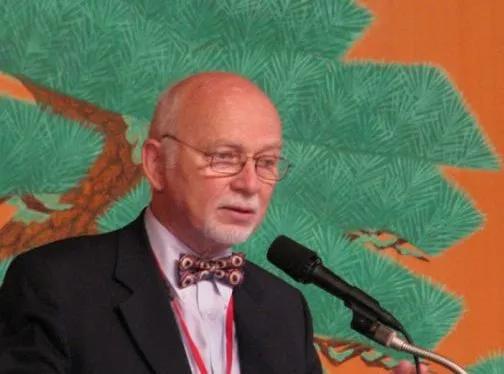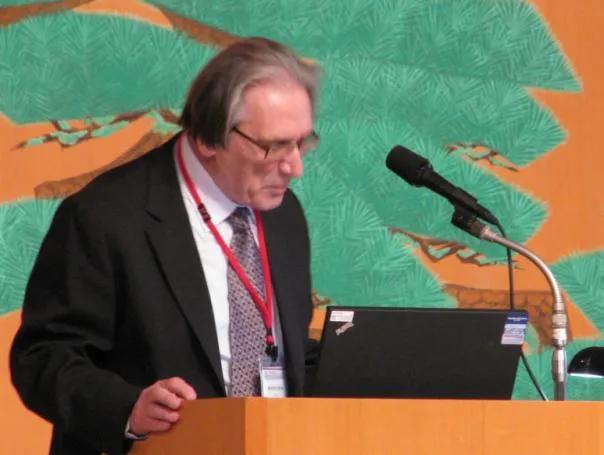The results of long term research of silicon thin films achieved in the Institute of Physics have been recognized by invitation of RNDr. Jan Kočka, DrSc., head of the Department of Thin Films and Nanostructures of the Institute of Physics, to deliver the plenary “Mott lecture” at the 24th International Conference on Amorphous and Nanocrystalline Semiconductors.
The traditional lectures named after Sir Neville Mott, winner of the 1977 Nobel Prize for the physics of amorphous semiconductors, take place since 1981 and are awarded to scientists who exceptionally contributed to the development of this field.
(More information about the lectures here).
Research of amorphous semiconductors in the Institute of Physics follows a many-years long tradition which was initiated by prof. Jan Tauc, who recently passed away. The research at that time focused on amorphous germanium as well as chalcogenide semiconducting glasses. Prof. Tauc organized the first international conference on amorphous and liquid semiconductors (ICALS) in 1965 in Prague. This became the first of a series of international conferences devoted to the field of amorphous and also nanocrystalline semiconductors (ICANS). The field has developed explosively, leading to numerous fundamental discoveries and widespread applications. The latest conference took place in Nara, Japan from 21st to 26th August 2011. The contribution of prof. Tauc was reflected there during a short “Jan Tauc memorial” lecture presented at the opening of the ICANS 24. Symbolically, the memorial was delivered by prof. Bedřich Velický, who closely collaborated with prof. Tauc and who has also taken part in the first ICALS conference in Prague.
Since the seventies of the last century, the field of amorphous semiconductors was dominated by hydrogenated amorphous silicon (a-Si:H). RNDr. Jan Kočka, DrSc. played a key role in the research of this material at the Institute of Physics. After a research visit to the laboratory of prof. W. Spear in 1977 he first started a home-built setup for deposition of this material and then focused on the material characterization. He continuously expanded the scope of his group, recognized the importance of the photoconductivity and, together with RNDr. Milan Vaněček, CSc. developed a method for measuring the defect density in a-Si:H. This method, known as CPM (Constant Photocurrent Method), is widely used all over the world. Dr J. Kočka later focused on the study of electronic transport properties. In cooperation with prof. G. Juška of the Vilnius University he contributed to the understanding of the a-Si:H drift mobility and new methods of its measurement. Recently he significantly contributed to the study of nano- or micro-crystalline silicon (μc-Si:H), to the growth of nanostructures and local characterization of the materials with nanometer resolution. The results of research of silicon thin films in the Institute of Physics have been recognized by invitation to deliver plenary “Mott lecture”. Both of the above mentioned, lectures received numerous positive responses and they also represented well the Institute of Physics, but they were not alone. The “Prague School” of research was highly visible also by further results presented by young scientists from the Institute of Physics, including an invited talk of Kateřina Kůsová on silicon nanocrystals as efficient and ultrafast light sources or by contributions of B. Rezek, M. Ledinský, A. Poruba and A. Vetushka.


